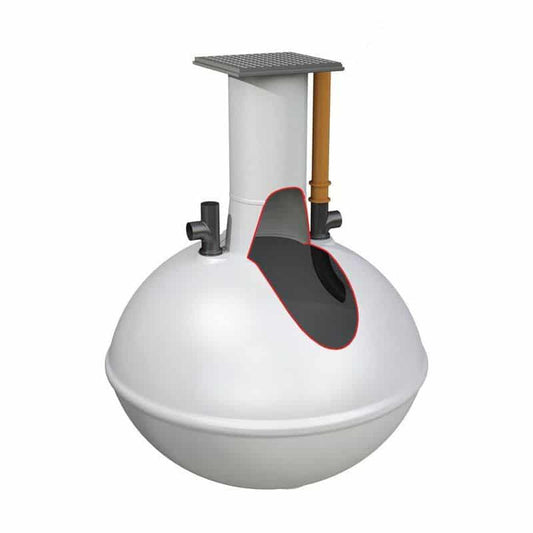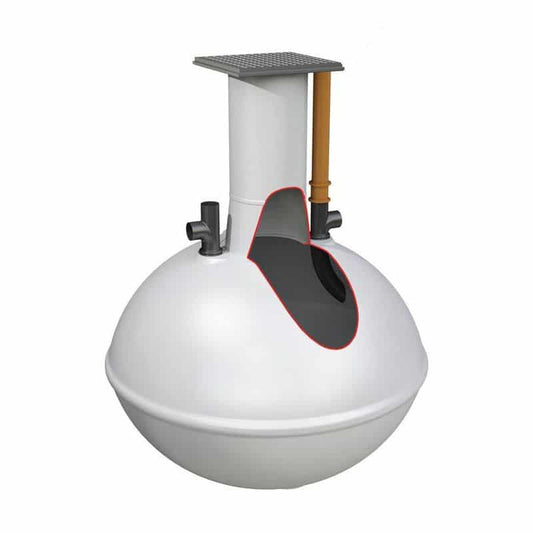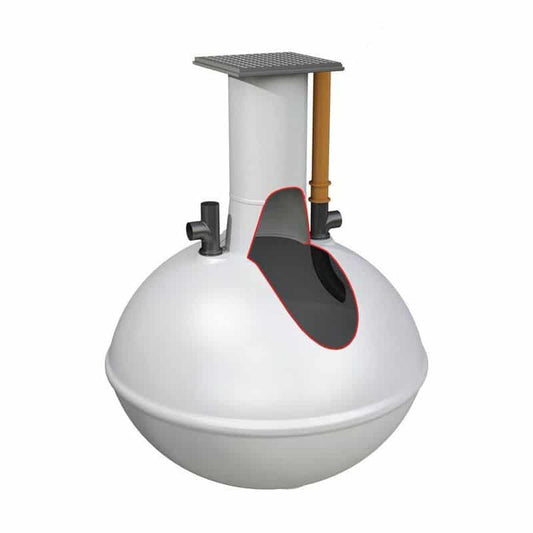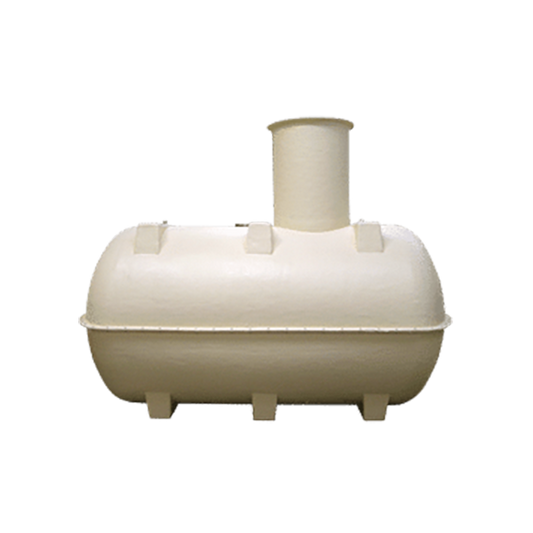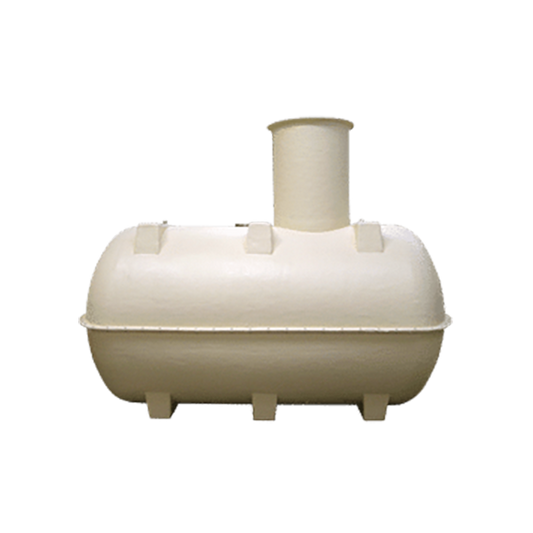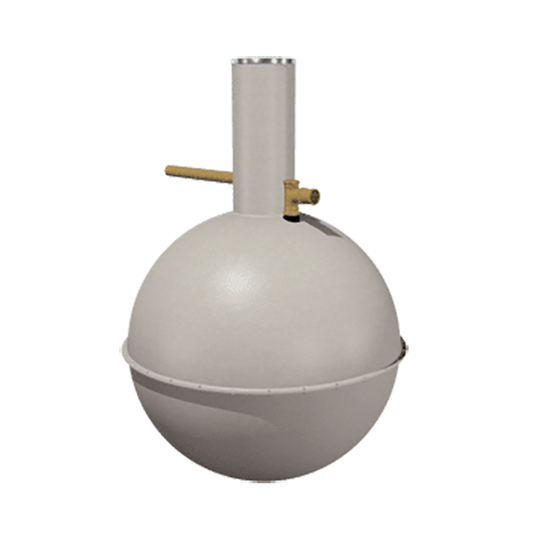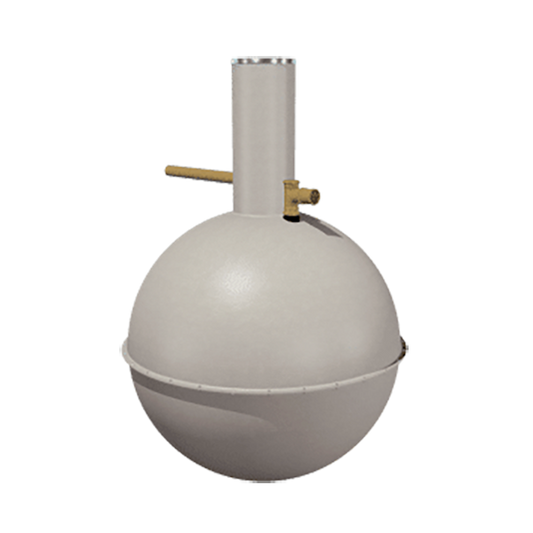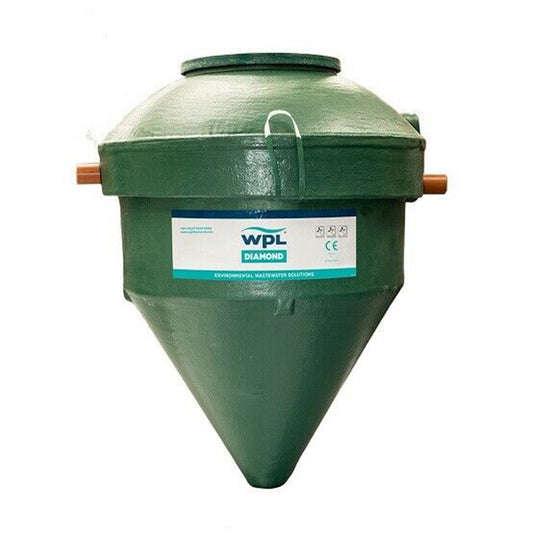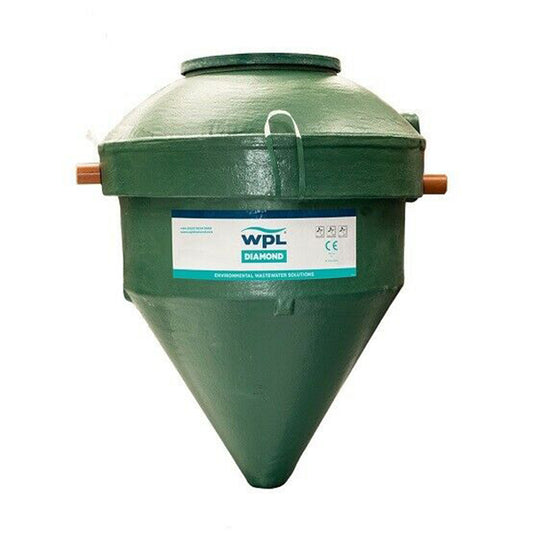Looking to install a soakaway or septic tank? Then one of the things you will need to consider is how close you are to groundwater sources and whether you are in a groundwater protection zone.
If you find you are within one of these zones, you may be refused the right to install.
What is a groundwater protection zone?
With the population increasing, there is also an increasing amount of groundwater being extracted by water companies for public supply. A third of our drinking water is now provided by groundwater throughout England and Wales. In certain areas of Southern England, groundwater is used to supply 80% of the drinking water and it’s essential that these sources are protected to ensure that tap water is safe to drink.
The Environment Agency (E.A.) has designated Groundwater Source Protection Zones (SPZs) for 2000 groundwater supply sources. The SPZs are designed to control activities close to water supplies intended for human consumption. These water sources include wells, boreholes and springs, all of which are used for public drinking. Contamination of these zones from any activity might cause pollution in the area and pose a risk to the public who consume tap water. The closer the activity is to the water source, the greater the risk.
What are the various zones in the groundwater protection zone?
The maps show three main zones (inner, outer and total catchment) and a fourth zone of special interest, which is sometimes applied to a groundwater source.
E.A. used the zones alongside their Groundwater Protection Policy to set up pollution prevention measures in those areas which are high risk, and it helps monitor the activities of nearby potential polluters/pollutants.
The shape and size of the zone depends on ground conditions, groundwater flow, how fast it reaches the abstraction point from the pollution source and many other environmental factors. From this the E.A. can develop a model of the groundwater environment on which to define the zones.
The zones are divided into SPZ1, SPZ2, SPZ3 and SPZ4 (or Zone of Special Interest):
SPZ1 – Inner Groundwater Source Protection Zone (RED)
Defined as the 50 day travel time from any point below the water table to the source. This zone has 50 metre minimum radius.
SPZ2 – Outer Source Protection Zone (GREEN)
Defined by a 400 day travel time from a point below the water table. This zone has a minimum radius of 250 or 500 metres around the source – this depends on the size of the abstraction.
SPZ3 – Source Catchment Protection Zone (PURPLE)
Defined as the area around a supply source within which all groundwater is presumed to end up at the abstraction point. The source catchment area may extend quite a long distance from the source.
SPZ4 – Zone of Special Interest
These were previously defined for some sources. SPZ4 represented a surface water source, stream, brook or something similar, which drains into the underground aquifer layer of rock feeding the groundwater supply.
This will now be incorporated into one of the other zones in the future, whichever is appropriate for the case in question, or it will become a safeguard zone.
How does this affect you?
Groundwaters must be protected from any potential pollutants to ensure tap water remains unpolluted and safe for the population to consume. Due to this, all sources of pollution within these zones are strictly watched and controlled.
Septic tanks and soakaways are both causes of groundwater pollution, they are not allowed to discharge in SPZ1 areas, and can often be rejected in SPZ2 and SPZ3s zones as well. So when you are considering installing these sewage treatment solutions you will need to take into account the groundwater source protection zones. When reinstalling septic tanks you need to make sure you are not in a zone where refusal from the E.A. is now likely.
How do you establish if you are within a groundwater source protection zone?
The Environment Agency are very helpful when it comes to establishing whether you’re in a groundwater source protection zone or not, for more information, click here, and visit their website.You can also search for your area on a map, here.
We supply and install septic tanks as well as other sewage treatment solutions so please feel free to call us for expert advice on 0121 351 3230.
You can also read our blogs on:
How to size a drainage field?
How to carry out a percolation test?
How to undertake a trial assessment zone?
New septic tanks regulation coming into force
Helpful guide to appointing a sewage treatment installer
Alternatively, fill out our enquiry form:






